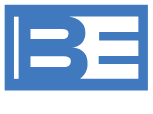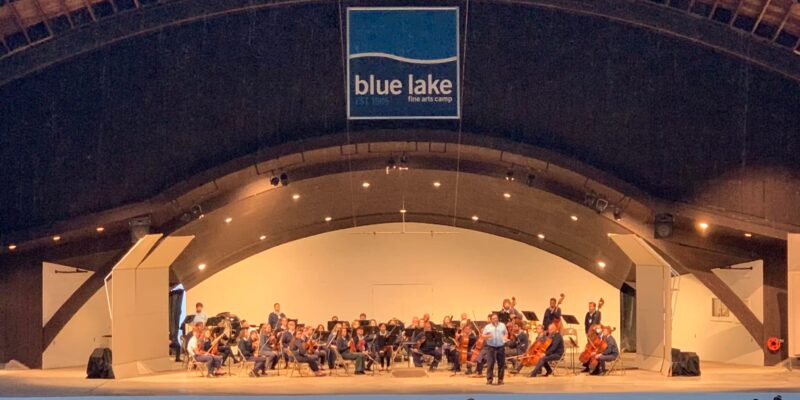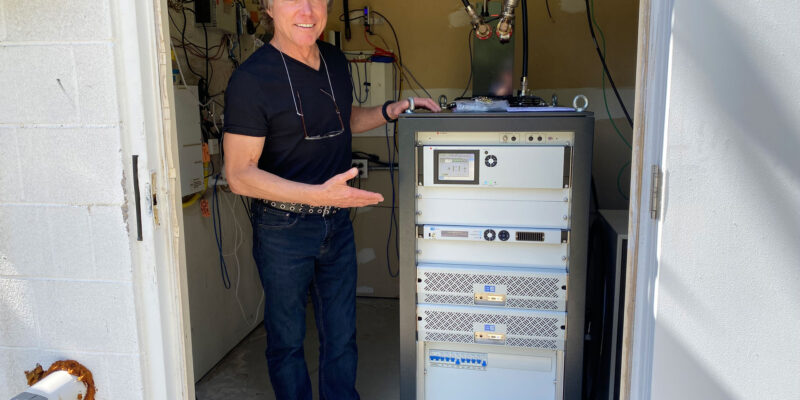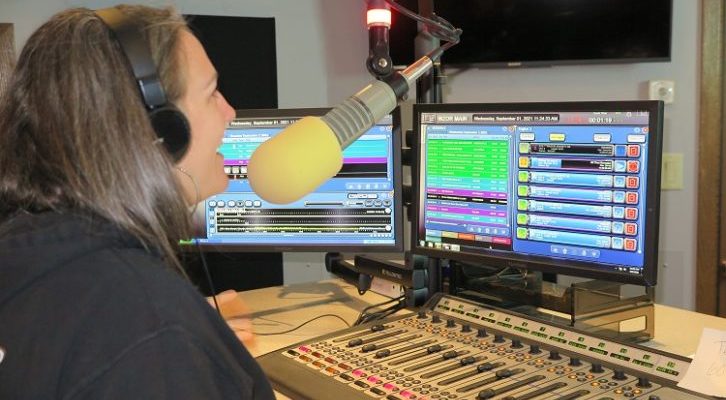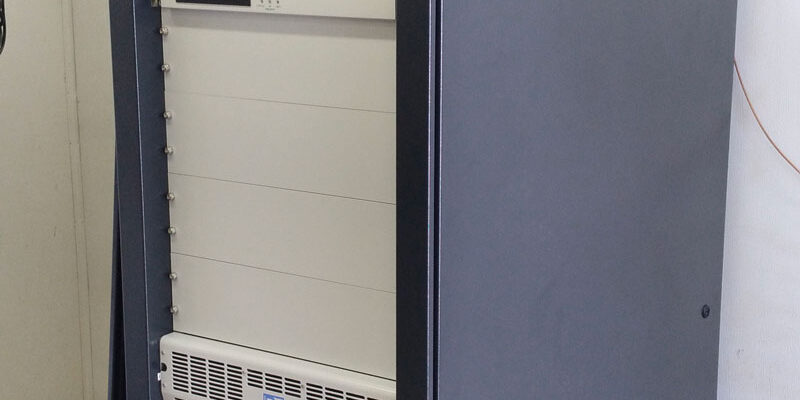101.1 Jack FM/WCBS in New York City is imprinting its brand on multiple media: Internet Broadcasting via BE’s SoniXtream, HD2 Multicasting with BE’s FM HD Radio technology and, using The Radio Experience, instant-messaging listeners when a favorite song is about to play. We talked to 101.1 Jack FM General Manager Chad Brown about these new services, WCBS’ heyday as an Oldies station, viral marketing, Toyota and more.
Q: 101.1 Jack FM has embraced digital, first with streaming media, then with multicasting, and now with this latest IM application. Why the big push into new media?
A: We had to find ways to extend our brand with new technology because we’re dealing with an evolving marketplace that is becoming increasingly iPod and MP3 savvy. Radio still reaches 96 percent of the population, and it’s obvious to me that iPods are used as supplemental entertain ment. It hasn’t replaced radio, but it has made us want to become more relevant to the listener.
Q: I take it relevancy also played a role in your format change from Oldies, which had been in-format for decades on WCBS, to Jack FM. Did having a digital alternative for your Oldies listeners make a difference?
A: Yea, it really helped. For demographic purposes and business model purposes, we had to make the change. Rather than disenfranchise our Oldies listeners, we streamed Oldies live on
www.wcbsfm.com and kept the format alive that way. And as soon as we had our HD antenna completed we put [the format] on our second channel. It was a big story here in New York. In its heyday, this station was number one, 12+. I don’t know of another Oldies station in the country that ever got number one, 12+.
Q: Well, it looks like WCBS is making history all over again with some of the nifty applications you’re offering listeners. Tell me about the FM411 song notification application that you recently added to your BE messagecasting application?
A: It’s another extension of the brand. We call it Jack Flash and one of the cool things we’ve noticed is that it helps create constant listenership. For example, a listener can sign up to the service and tell us that his favorite artist is Bon Jovi and he wants to be alerted every time we play Bon Jovi. We actually text-message him on his phone or email him that coming up in a few minutes on 101.1 is Bon Jovi’s Livin’ on a Prayer, for example. If he doesn’t already have the station on, he’ll turn it on, and hopefully leave it on. It’s another way to build cume and TSL.
Q: Do you think that the listener is also reminded on a subconscious level that your station plays his favorite songs?
A: Absolutely, plus it has a viral marketing component. If you dedicate a song that’s coming up on the station to someone who hasn’t listened to us, they’ll tune us in.
Q: I can see what’s in it for your listeners. But, what’s in it for your advertisers?
A: What it does is create a total advertising platform for them. It’s not just spots on a radio; it’s engaging the listener. For example, Toyota is currently sponsoring Jack Flash and in addition to promos on the air, they have a logo and tag on the instant-message that go out to the listener when their favorite song or artist is about to be played on-air. This really gives them a huge presence because let’s say there are 25,000 people in the system [requesting song notification]. That’s a quarter-million gross impressions where listeners have said to us, “I invite you into my life.” It’s a personal, one-on-one invitation for Toyota. This is in addition to the on-air promos Toyota does and a hyperlink to their website from ours. This is permission based marketing at its most timely and best.
Q: I can see why all this is important to a station in the number-one market in the U.S., but what about the rest of the country?
A: Technology does not discriminate. I believe it will be just as important in market 100 as it is in market 1. Think about it: a lot of this technology incorporates cell phones, and cell phones have tremendous penetration no matter what the market size is.

